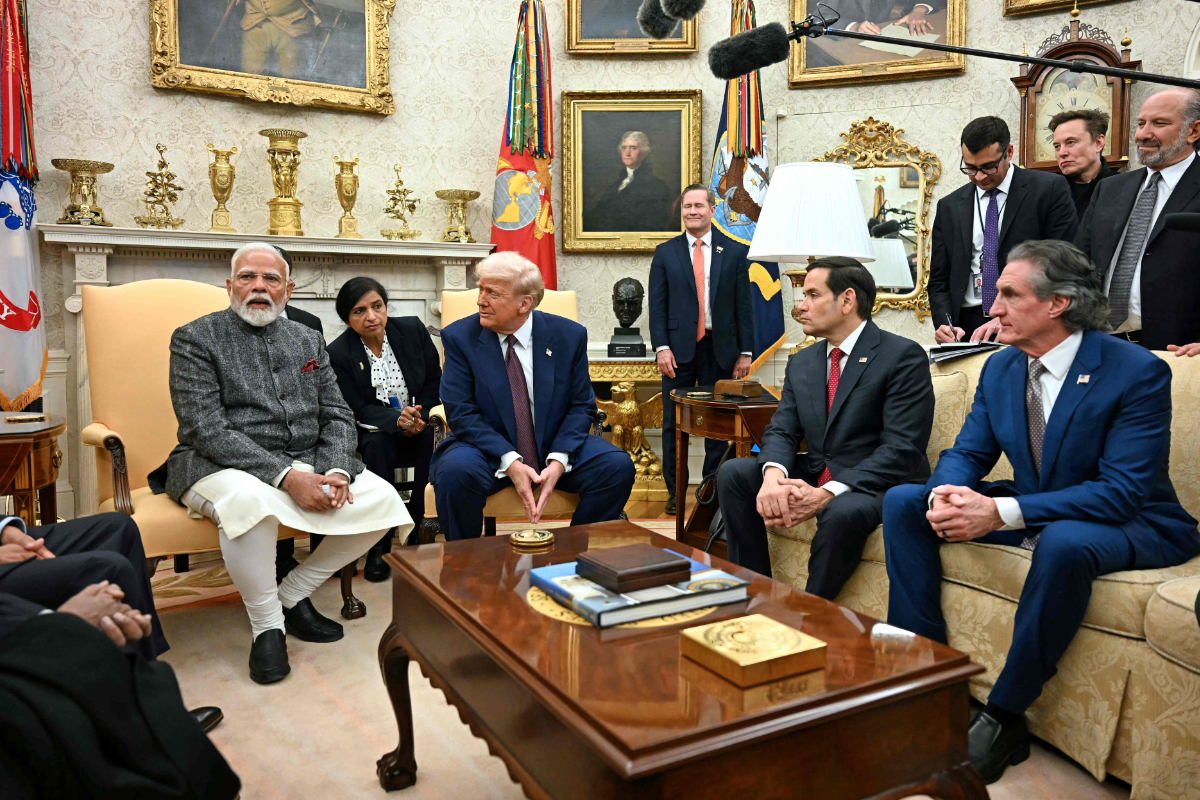MOSCOW: A Russian court sentenced a Moscow paediatrician to 5-1/2 years in a penal colony on Tuesday, Russian media said, after the mother of one of her patients publicly denounced her over comments about Russian soldiers in Ukraine.
Prosecutors had last week asked for a six-year sentence for Nadezhda Buyanova for spreading “fakes” about the Russian army after the mother recorded a video in which she denounced the 68-year-old doctor over remarks that Buyanova has denied making.
Over 1,000 people have been criminally prosecuted in Russia for speaking out against the war, according to rights project OVD-Info, and over 20,000 have been detained for protesting.
Buyanova’s case is part of a trend in which more people in Russia are denouncing others for alleged political crimes. OVD-Info has recorded 21 such criminal prosecutions since the conflict in Ukraine began in February 2022.
Eva Levenberg, a lawyer for the rights group, told Reuters a further 175 people had faced lower-level administrative cases for “discrediting” the Russian army as a consequence of people informing on them, and 79 of these had been fined.
Reuters has requested comment from the Russian Justice Ministry about the OVD-Info data and the use of denunciations to support prosecutions, including Buyanova’s.
Her supporters, some wearing T-shirts with her face printed on, packed the courtroom to hear the sentencing.
“I can’t get my head around it,” Buyanova, her grey hair closely cropped, told reporters before the verdict.
As Judge Olga Fedina pronounced her guilty, the courtroom erupted in protest. Several cried “Shame!,” Russian media said.
“The sentence is monstrously cruel,” Buyanova’s lawyer, Oscar Cherdzhiev, was quoted as saying by news outlet Mediazona.
VIDEO COMPLAINT
The case against Buyanova was launched in February by the head of Russia’s Investigative Committee, which handles serious crimes.
It was prompted by a complaint by Anastasia Akinshina, who had taken her seven-year-old son to see Buyanova at her clinic. The boy’s father, from whom Akinshina was divorced, had been killed fighting for Russia in Ukraine.
Akinshina recorded a video in which she said Buyanova had referred to her child’s father as a “legitimate target of Ukraine.”
The video was posted by Mash, a Telegram channel with over 3 million subscribers that is close to Russian security services.
Buyanova, who denied making the statement, was placed in pre-trial detention in April.
A group of Russian doctors wrote an open letter in Buyanova’s defense, calling the denunciation a “disgrace.” A petition for her release has garnered over 6,000 signatures.

























